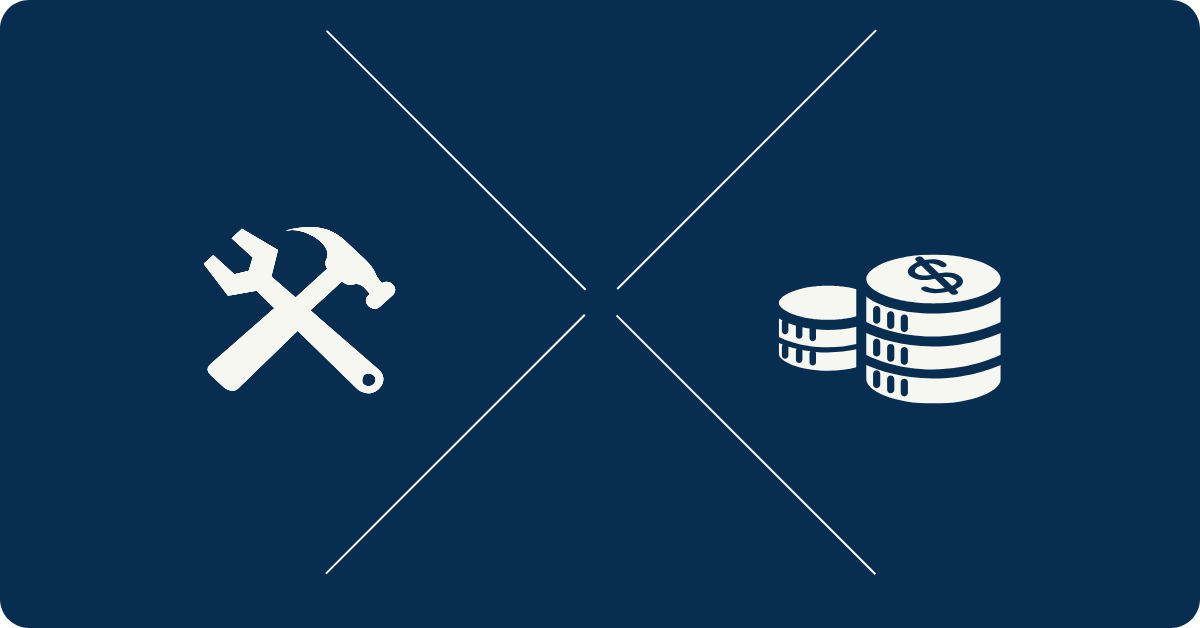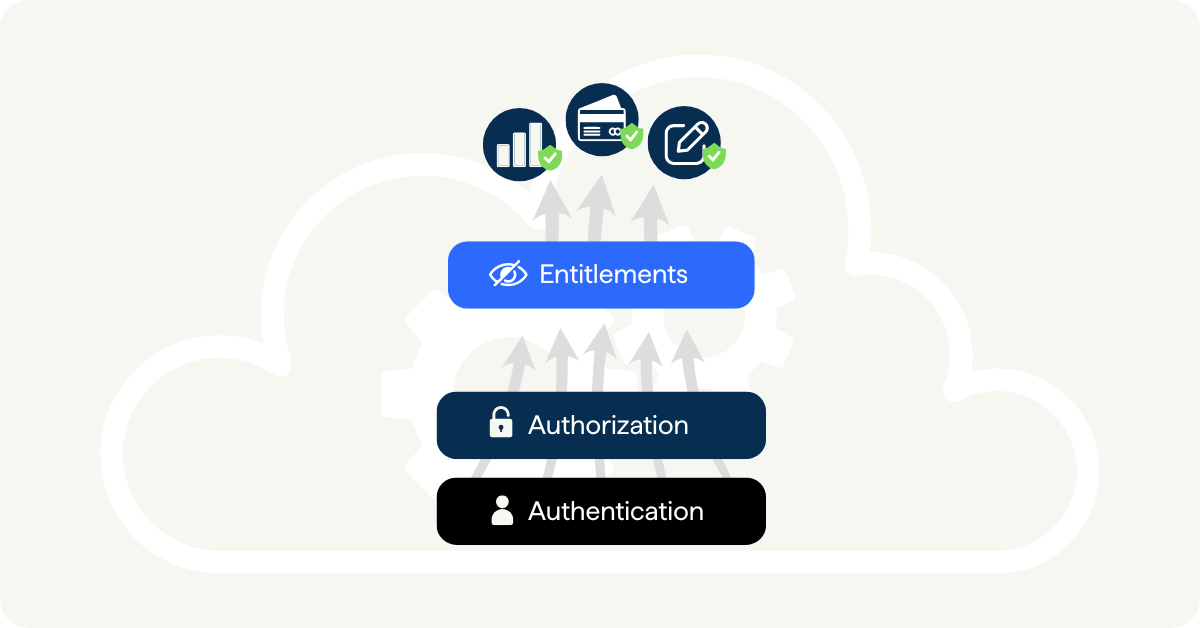Build or buy? Making sense of access and subscription logic
When you’re launching a SaaS product, building your own access and subscription logic often feels like the quickest path forward. It’s “just a few permissions,” or “just a Stripe webhook.” And in the early days, that’s often true.
But as your product grows — more users, more pricing tiers, more feature logic — those early shortcuts can turn into blockers.
This guide is here to help you figure out what’s worth building, what’s worth buying, and how to avoid building the same plumbing every SaaS team ends up rebuilding.
What you’re actually building when you handle access yourself
At first, access and subscription logic feels like a simple task. But once you map it out, you’ll realize it touches almost every part of your product and revenue flow.
Here’s what that system often looks like under the hood:
|
Component |
What it does |
|
Authentication |
Lets users sign in securely (often via third-party auth like Auth0) |
|
Role and permission logic |
Defines what each user, team, or organization can access based on assigned roles or policies. |
|
Subscription enforcement |
The logic that ties access to a customer’s subscription. This is where SBAC (subscription-based access control) helps, it keeps access in sync with the plan, automatically. |
|
Plan change logic |
Rules that adjust access when someone upgrades, downgrades, cancels, or finishes a trial. This includes timing (immediate or end-of-cycle) and entitlements. |
|
Billing integration |
Connections to your billing system to track real-time payment status (active, cancelled, overdue) and relay that to your access logic. |
|
Support tooling |
Interfaces or internal tools for your team to manually fix access or override permissions when things don’t go as expected. |
|
Audit and compliance logging |
A full history of who accessed what and when, to meet audit and compliance needs. |
|
Contract and agreement flows |
Flows to collect NDAs, terms, or agreements before granting access — especially for enterprise or sensitive data environments. |
It’s not just “access.” It’s an operational system that governs revenue, user experience, and security.
The risks of scaling with DIY logic
If you’re handling access manually or by stitching tools together, you’re not alone. But these setups come with common issues:
- Users retain premium access after downgrading
- Subscription changes lag behind access updates
- Admin access remains active long after it's needed
- Permissions live in spreadsheets or config files
- Devs spend hours debugging billing logic
Without a model like SBAC in place, teams often rely on custom code or webhook patches to manage entitlements, and things break. Downgrades don’t trigger access changes, users stay in premium plans they didn’t pay for, and support teams get dragged into cleanup.
And the impact:
- Revenue leakage. Customers use features they’re not paying for
- Support tickets. Broken access becomes a customer service issue
- Security risk. Access isn’t always revoked when it should be
- Compliance overhead. You can’t always prove who had access to what, when
When building makes sense
There are cases where it’s still the right call to build access and subscription logic in-house. Usually when:
- Your access model is highly unique and tied to core IP
- You need total control across a custom stack
- You have internal compliance or security requirements that can’t be met by external tools
- You have the engineering capacity to build and maintain it over time
But most startups don’t have that luxury or want to spend the time on infrastructure instead of product.
The case for buying (and what you get out of the box)
If access and subscriptions aren’t your core product (they normally aren’t) here’s what a platform like Veriam gives you:
|
Feature |
What it does |
|
Access control |
Set permissions by user, role, resource, organisation, or plan |
|
Built-in SBAC |
Enforce access based on subscription status — no manual mapping or sync logic required |
|
Automated onboarding |
Give new customers the right access from day one — no manual setup |
|
Contract enforcement |
Collect terms, NDAs, and agreements before granting access |
|
Self-serve flows |
Let users upgrade, downgrade, or trial without talking to support |
|
Audit-ready logging |
Track every login, permission change, and agreement for compliance |
|
Enterprise-ready |
Support for org-level access, multi-user accounts, and advanced roles |
|
Fast integration |
Get started with just a few lines of code — no long setup cycles |
Instead of building your own version of this (and maintaining it) you get everything in one place, ready to go.
How to decide: A simple framework
Here’s a quick decision tree to help you evaluate whether to build or buy.
.png?width=1200&height=628&name=Blog%20Build%20or%20Buy%20question%20tree%20(1).png)
Build the product, not the plumbing
If your product is how you grow, access and subscriptions should help you scale — not slow you down.
You can build it. Many teams do. But most will end up recreating the same patterns that smarter models like SBAC solve by design.
Veriam was built so SaaS teams don’t have to rebuild the same logic again and again. One platform. Everything you need to manage access, subscriptions, and scale without building or patching tools together.



.webp?width=839&height=740&name=Vector%20(9).webp)
